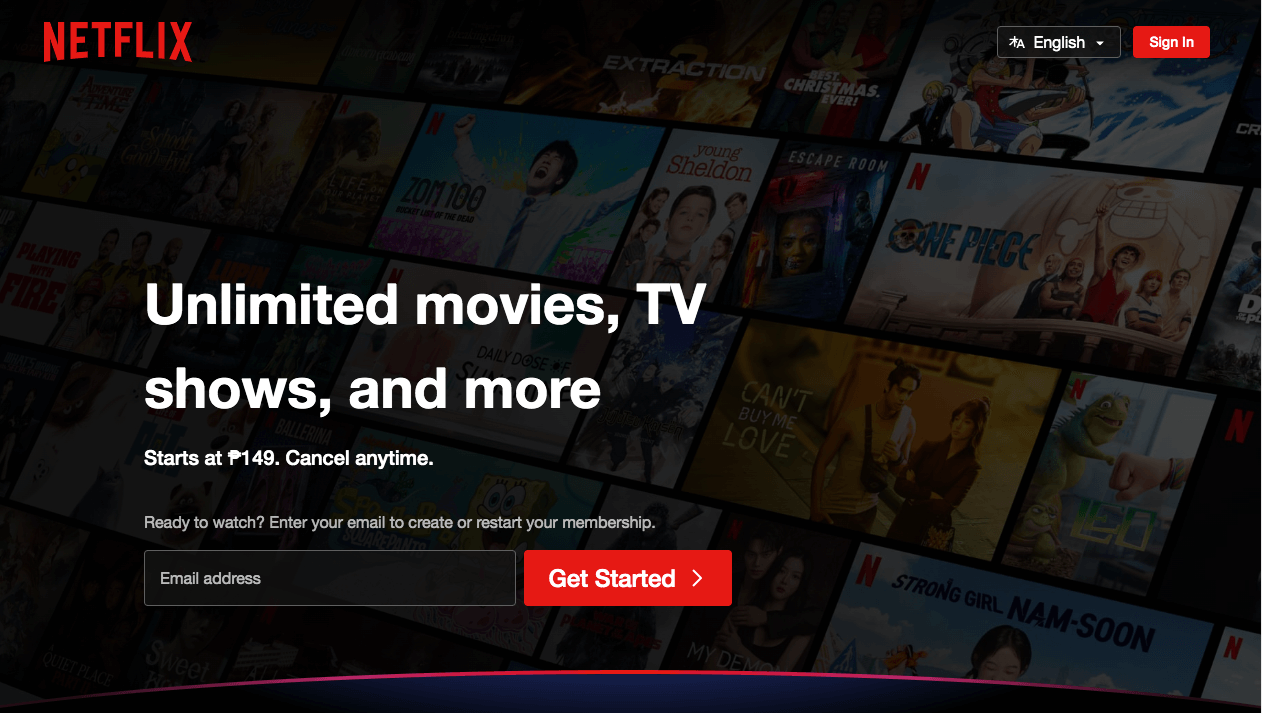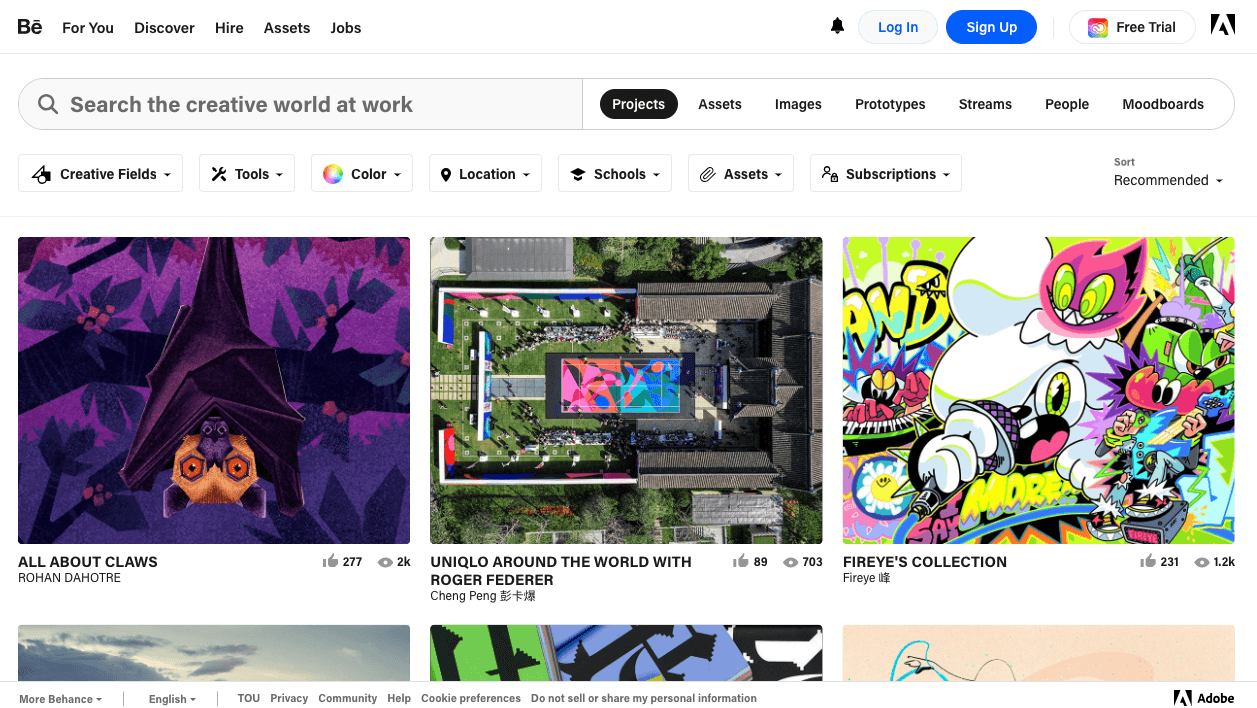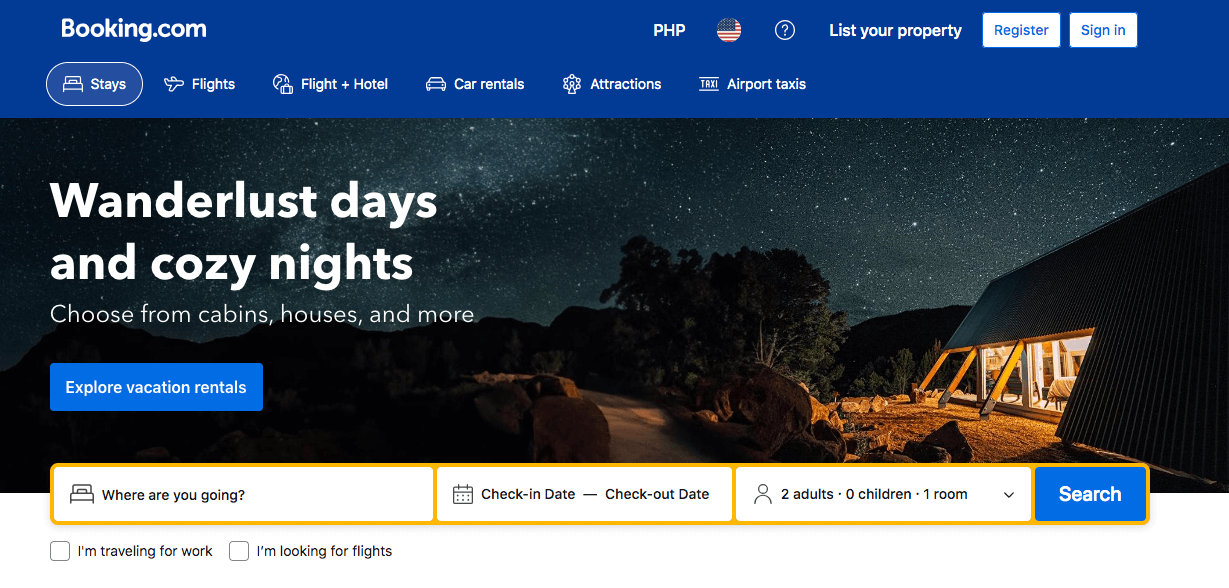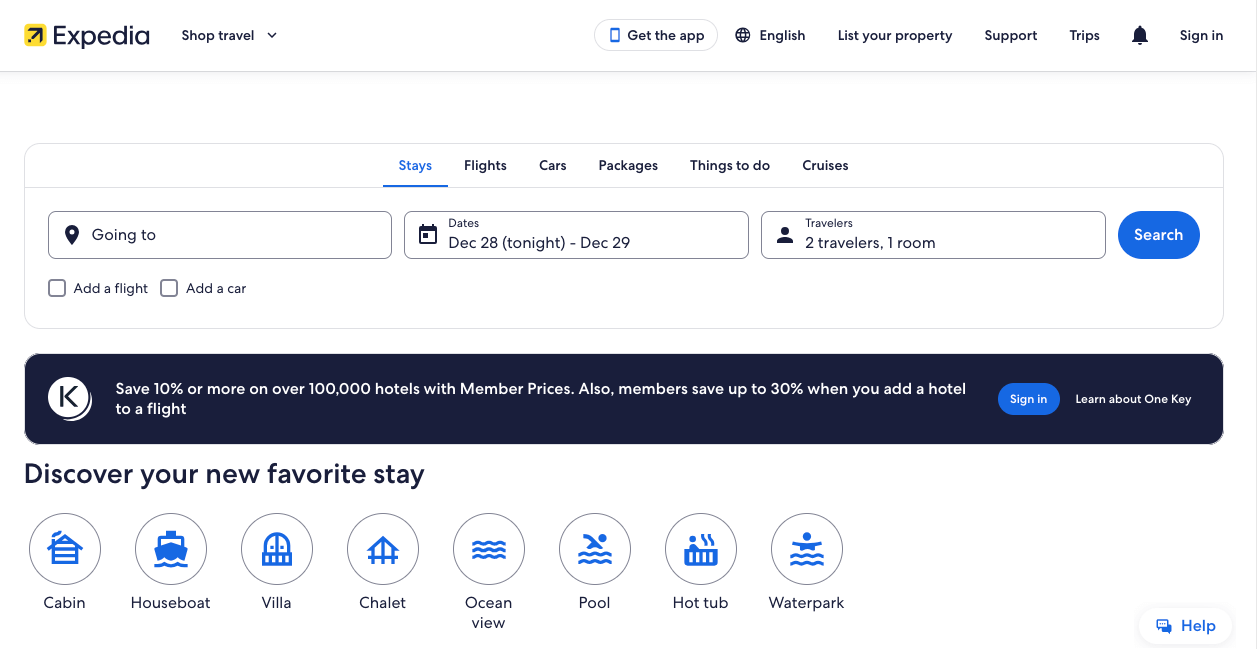Picture yourself standing out in the vast digital landscape, where your website isn’t just a page but a living, breathing entity that grows with your business.
In the digital era, a dynamic website is your secret weapon. It’s not just about looking good; it’s about offering real-time interactions, personalized experiences, and scalability to meet the ever-changing demands of your audience.
We’ve handpicked 10 dynamic website examples from various industries to ignite your creative spark. These aren’t just websites; they’re immersive experiences with interactive animations and tailored recommendations that set a new standard.
Embark on this journey to discover how you can elevate your online presence, captivate your audience, and stay ahead of the curve in today’s competitive digital world. Let’s dive in and redefine the future together!
Jump here:
Dynamic Website vs. Static Website
10 Engaging Examples of Dynamic Websites
Example 2: Netflix – Your Personal Cinematic Universe
Example 3: Facebook – The Pulse of Real-Time Connection
Example 4: TikTok – Instant Engagement, Endless Fun
Example 5: Behance – Creativity Unleashed
Example 6: LinkedIn – Networking Redefined
Example 7: Booking.com – Dynamic Deals for Savvy Travelers
Example 8: Expedia – Your Personal Travel Planner
Example 9: CNN – At the Forefront of Dynamic News
Example 10: Reddit – The Dynamic Forum of the Internet
Dynamic Website vs. Static Website
Before we dive into specific examples, let’s lay the foundation by understanding the fundamental differences between dynamic and static websites.
- Static Websites – These websites are made up of fixed, unchanging HTML files. They display the same content to every user and require manual updates to make changes. Think of static websites as digital brochures; they are informative but lack interactivity.
- Dynamic Websites – In contrast, dynamic websites use databases and server-side scripting to create content on the fly. They can adapt to user interactions, personalize content, and provide real-time updates. Dynamic websites are like living organisms, constantly evolving to cater to user needs.
Now that we have a clear distinction, let’s move on to explore dynamic websites in action.
10 Engaging Examples of Dynamic Websites
E-Commerce Websites
Example 1: Amazon – The Paradigm of Personalization

Image source: https://www.amazon.com/
Amazon redefines e-commerce with its innovative product display, leveraging HTML and CSS to create a seamless, user-friendly web page. Every click tailors your experience, offering real-time customer reviews and recommendations, thanks to sophisticated server-side scripting and a robust content management system.
As a pioneer in digital marketing and an exemplary e-commerce site, Amazon demonstrates how dynamic content and interactivity can significantly enhance the user experience, making it a benchmark for successful online presence.
Example 2: Netflix – Your Personal Cinematic Universe

Image source: https://www.netflix.com/ph-en/
Netflix‘s dynamic interface, crafted with advanced JavaScript and client-side scripting, knows your tastes, suggesting content that feels curated just for you. More than a streaming service, it’s an immersive experience where each visit is unique,real-time, and personalized content discovery.
As one of the most popular streaming platform, Netflix showcases the advantages of dynamic websites and the power of personalized, dynamic web pages in creating a user-friendly, engaging user experience.
Social Media Platforms
Example 3: Facebook – The Pulse of Real-Time Connection

Image source: https://www.facebook.com/
Facebook exemplifies dynamic content with its real-time feed updates and personalized suggestions, powered by sophisticated server-side scripting and client-side scripting. This social media platform keeps you connected and engaged with your social circle, offering a seamless, user-friendly experience.
Facebook’s dynamic nature makes it more than just a website; it’s a dynamic hub where friendships and interests come alive with every scroll, showcasing the importance of interactivity and real-time functionality in web design and user experience.
Example 4: TikTok – Instant Engagement, Endless Fun

Image source: https://www.tiktok.com/explore
TikTok, a beacon of dynamic sites, serves a relentless stream of bite-sized, addictive content, utilizing advanced algorithms and CSS animations to keep users engaged. It’s not just an app; it’s a dynamic stage for instant entertainment and engagement, keeping you in sync with the latest social trends and viral sensations.
As a platform that utilizes the power of dynamic web pages and real-time user interaction, TikTok demonstrates how effective web development and user-friendly design can create an endlessly engaging and personalized experience for users.
Portfolio and Professional Services
Example 5: Behance – Creativity Unleashed

Image source: https://www.behance.net/
Behance is the epitome of creativity and interactivity, transforming the standard online portfolio into a dynamic, engaging homepage. With dynamic templates and interactive features built on frameworks like PHP and client-side scripting, Behance showcases the power of dynamic web pages.
Artists and designers enjoy a user-friendly platform that brings their homepage to life with animations and dynamic content, reducing load times and enhancing the user experience.
As one of the prime examples of dynamic websites, Behance leverages web development best practices to ensure scalability and a robust online presence, catering to the needs of creative professionals worldwide.
Example 6: LinkedIn – Networking Redefined

Image source: https://www.linkedin.com/
LinkedIn’s dynamic site serves as a professional landing page for millions, offering dynamic profiles and job listings powered by server-side scripting and backend technologies. It’s a platform where interactivity and user interaction are key, allowing professionals to network and showcase their achievements effectively.
LinkedIn ensures a user-friendly and scalable experience. The platform’s commitment to SEO and digital marketing best practices helps maintain its status as a leading professional network.
As an example of dynamic web pages, LinkedIn demonstrates the advantages of dynamic websites, providing a more personalized and engaging user experience.
Travel and Booking Websites
Example 7: Booking.com – Dynamic Deals for Savvy Travelers

Image source: https://www.booking.com/
Booking.com stands out as an exemplary e-commerce site for travel, utilizing dynamic pricing strategies and server-side scripting to offer adaptive pricing. This ensures that savvy travelers always find the most affordable and flexible deals.
The website’s dynamic contentprovide users with the latest information on prices and availability. With a user-friendly interface and quick page loading times, Booking.com offers a seamless experience from the homepage to the final booking confirmation.
As a leader in digital marketing for travel and booking websites, it demonstrates the advantages of dynamic websites in providing personalized, real-time information that caters to the needs of each traveler.
Example 8: Expedia – Your Personal Travel Planner

Image source: https://www.expedia.com/
Expedia’s dynamic platform revolutionizes travel planning, making it a go-to for personalized itineraries. With advanced web development techniques, including client-side scripting and interactive animations, Expedia ensures a user-friendly and engaging experience.The site’s scalability allows for a vast array of options, from flights to accommodations, all tailored to the user’s preferences.
As an example of dynamic web pages in the travel sector, Expedia showcases how dynamic content and interactivity enhance the user experience, making planning and booking travel as straightforward and enjoyable as possible.
News and Media Portals
Example 9: CNN – At the Forefront of Dynamic News

Image source: https://edition.cnn.com/specials/about-live-tv
CNN, a leading news portal, leverages server-side scripting and client-side scripting languages to deliver real-time updates and breaking stories. It’s an exemplary showcase of dynamic web pages, offering a user-friendly experience with quick page loading times and interactive elements.
CNN’s approach highlights the advantages of dynamic websites over static ones, ensuring that readers are always informed with the most current and engaging website content.
Example 10: Reddit – The Dynamic Forum of the Internet

Image source: https://www.reddit.com/?rdt=56868
Reddit represents the epitome of user interaction and community-driven content on the internet. With its ever-evolving discussions and diverse opinions, it utilizes a blend of scripting languages and plugins to enhance the user experience.
Reddit’s dynamic platform, supported by robust server-side languages, adapts to the interests and activities of its users, making it a vibrant hub for real-time interactions and discussions.
The Transformative Power of Dynamic Websites
Dynamic websites have undoubtedly redefined user experience across various industries, from e-commerce and social media to professional services, travel, and news portals. They bring enhanced engagement, personalization, and real-time updates to users worldwide.
As we explore the types of websites and their functionalities, the contrast between dynamic and static sites becomes clear, showcasing the significant benefits and increased interactivity that dynamic sites offer.
If you’re looking to boost your online presence and explore the potential of dynamic websites, consider using a website builder or engaging with platforms like HubSpot, which offers extensive tutorials and resources.
For startups and established businesses alike, understanding and implementing dynamic web design can lead to a more engaging, user-friendly, and successful online presence.
Looking into building adynamic website? Schedule a free consultation call with us today. Let’s explore how we can enhance your site’s interactivity, improve page loading times, and optimize your online presence together.
